
Ever noticed how a train slows down just before it dives into a tunnel or glides across a bridge? The wheels hush, chatter fades, and for a fleeting moment, everyone looks out - half curious, half alert. It feels routine, but it is not random. Those few seconds of slowing down are part of a finely tuned safety dance that happens across India's railway tracks every single day. Engineers, physics, and a century of travel wisdom all play a part in why trains never rush through these zones. Here is why that moment of calm matters more than you think.
Also Read: Why Do Train Tracks Have Small Stones Around Them? 5 Fascinating Reasons
5 Reasons Why Trains Slow Down Near Tunnels And Bridges:
Reason 1: To Maintain Structural Safety And Distribute Load Evenly
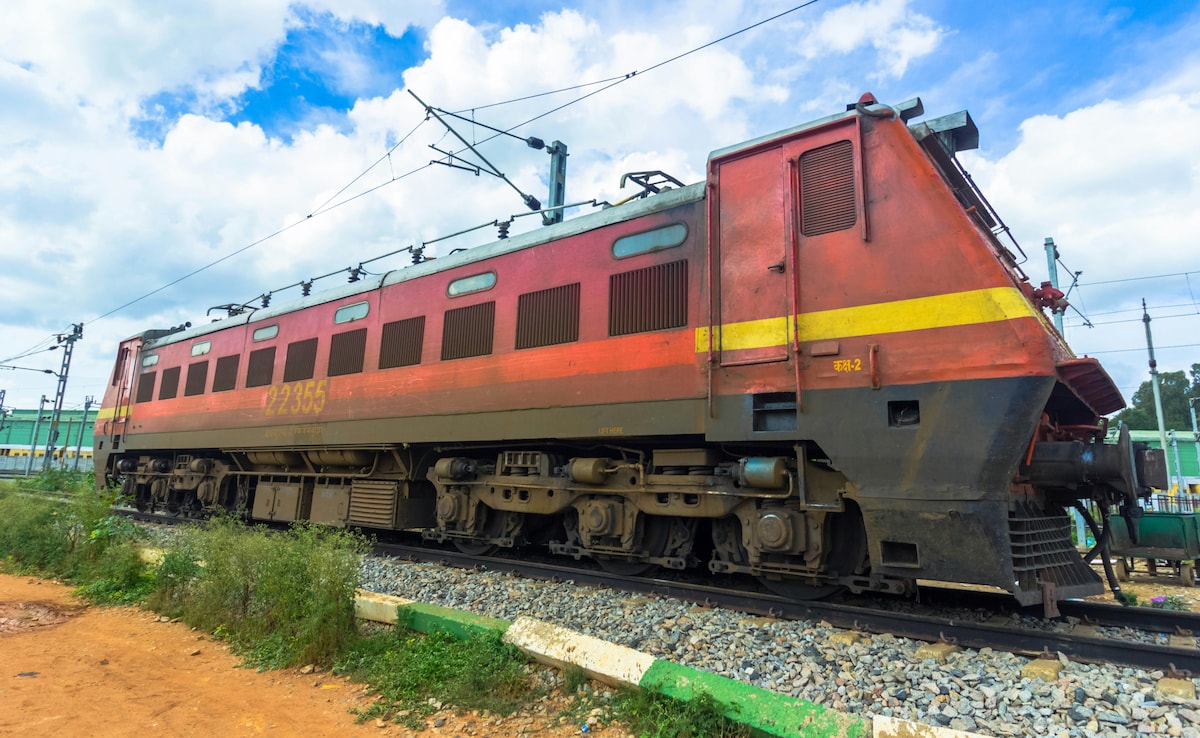
Photo: Unsplash
Every bridge or tunnel is designed with a specific load-bearing capacity. Slowing down allows a train's weight to spread more evenly across the structure, reducing pressure on joints, pillars, and connecting sections. A fast-moving train can create strong dynamic forces that strain older or smaller bridges. By keeping the speed steady, engineers ensure that bridges remain stable and reliable, even those that have been in service for over a century.
Reason 2: To Reduce Wind Pressure And Vibrations In Tunnels And Bridges
When a train passes through a tunnel or across an open bridge, the air pressure around it changes rapidly. At higher speeds, these shifts can cause vibrations or turbulence that affect passenger comfort and the structure's integrity. Reducing speed allows pressure to stabilise gradually. Inside long or narrow tunnels, this also prevents sudden gusts or suction effects that could disturb debris or slightly alter the train's balance. The result is a smoother, safer passage through enclosed or exposed sections of the track.
Reason 3: To Improve Visibility And Driver Control In Challenging Conditions
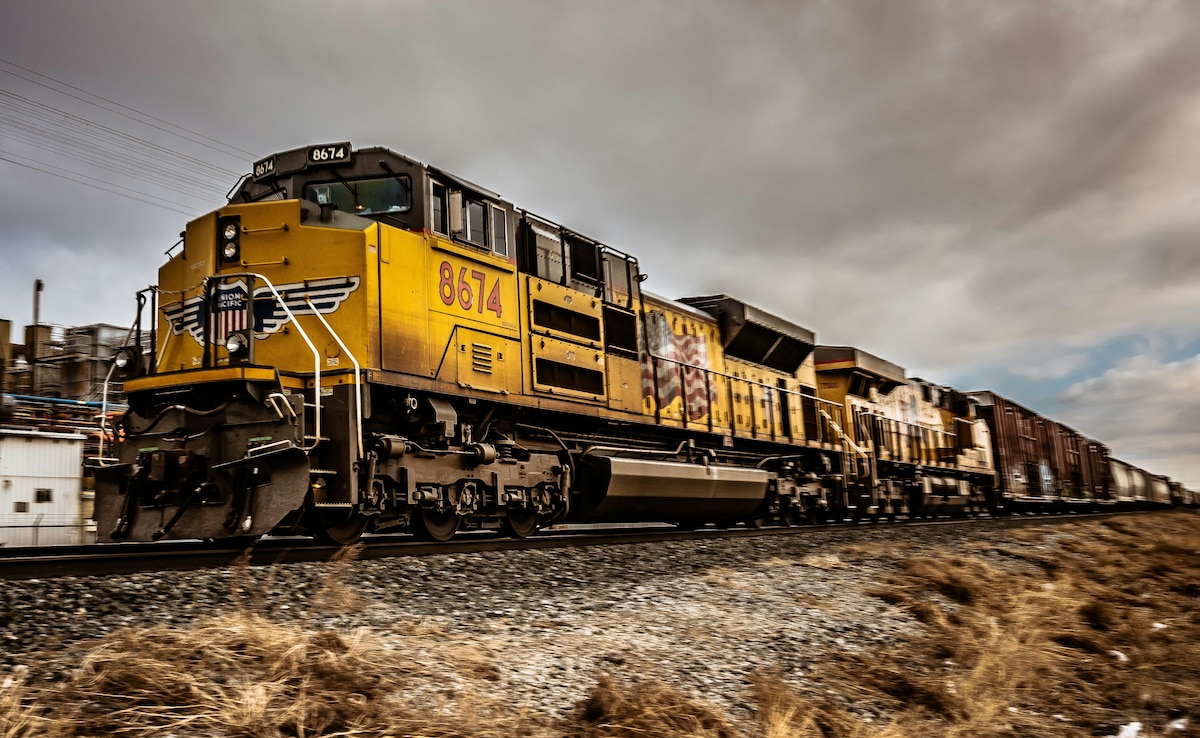
Photo: Pexels
Tunnels and bridges often feature sharp curves, gradients, or low lighting that limit visibility. In such areas, slowing down gives the driver better control and more time to react to signals, maintenance crews, or unexpected obstructions. In India, where monsoon rain, fog, or dust can further reduce visibility, this precaution becomes essential. Modern locomotives also use automated train protection systems to maintain safe speeds when visibility is poor — but slowing down remains a crucial human safeguard.
Reason 4: To Prevent Track Misalignment And Damage At Expansion Gaps
Bridges expand and contract with temperature changes, and rails are built with “expansion gaps” to handle these movements. If a train passes too quickly, it can exert unnecessary force on these joints, leading to misalignment or structural wear. Reduced speed helps the wheels cross these gaps smoothly and prevents pressure from accumulating. This measure is particularly vital for metal bridges that face extreme temperature variations between day and night.
Reason 5: To Ensure Passenger Comfort And Support Onboard Safety Systems
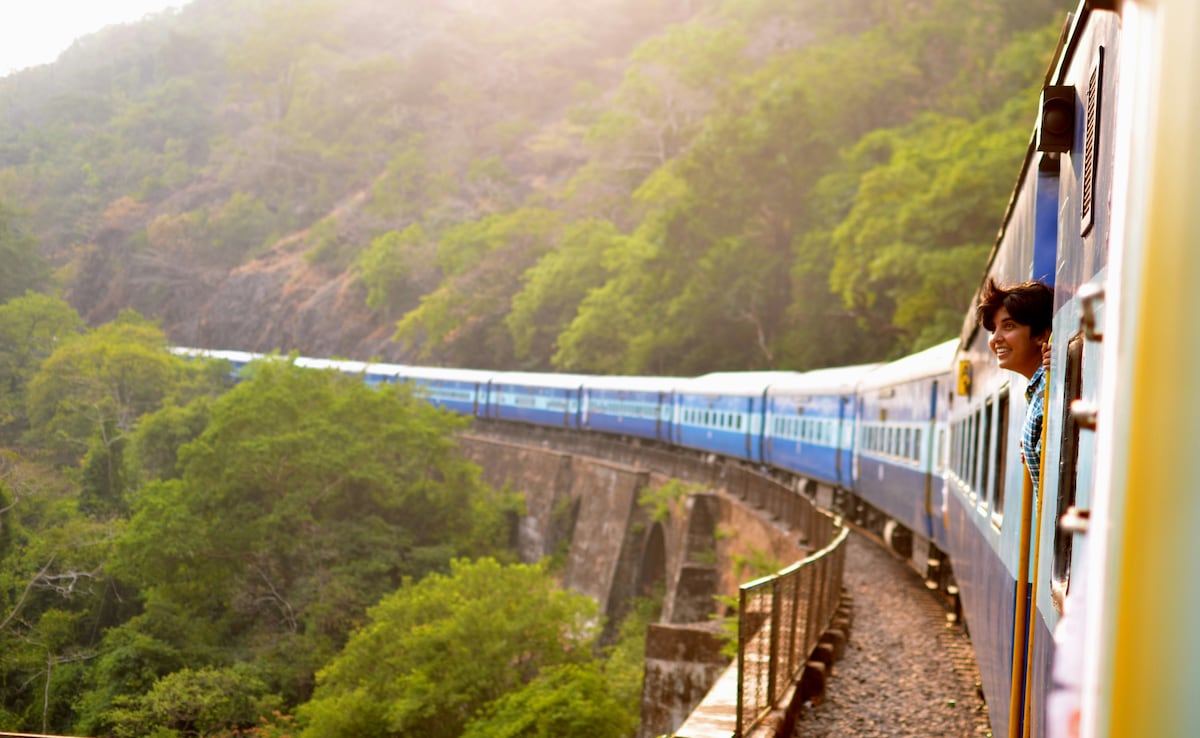
Photo: Unsplash
Travelling through tunnels or bridges at high speed can create sudden jerks or air pressure changes that passengers feel more intensely. Lower speeds ensure a smoother ride, especially for long-distance trains carrying older passengers or families. It also gives onboard systems like brakes and mechanical sensors more response time in case of any technical issue. In short, slower speeds make the journey not just safer, but more comfortable.
Beyond The Speed Drop: What Else You Should Know
How Train Speed Limits Are Decided
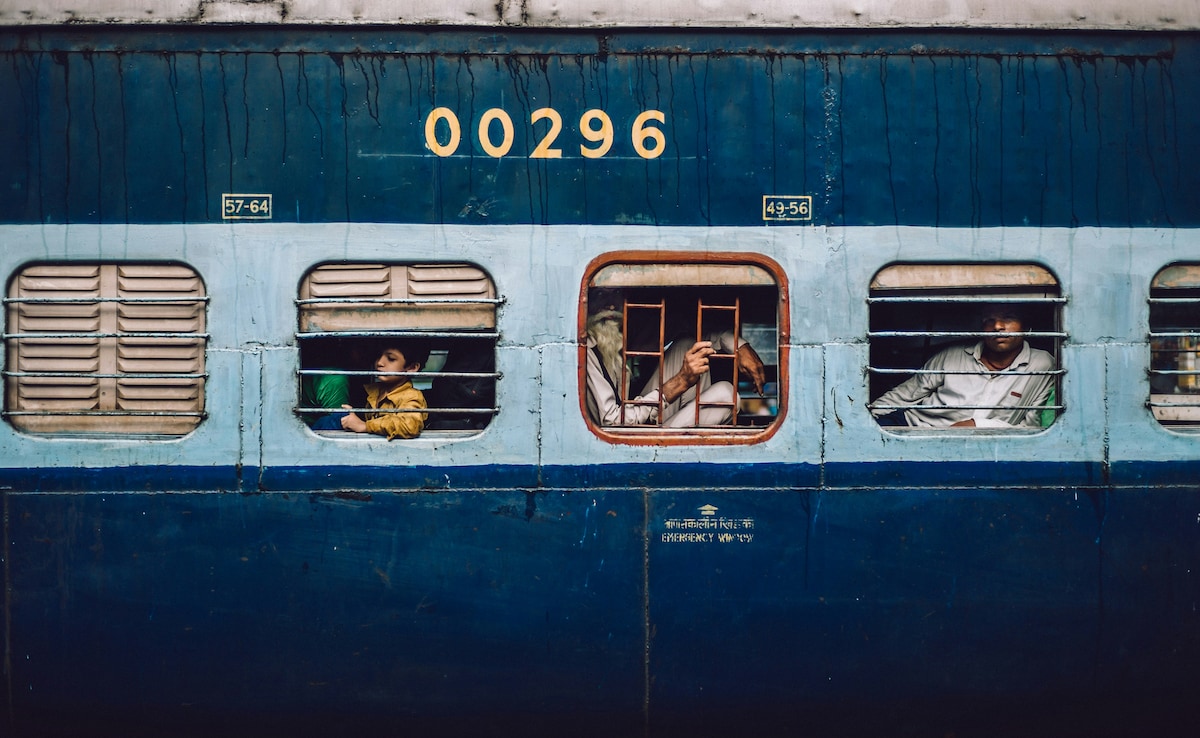
Photo: Unsplash
Speed limits for trains are not arbitrary. They are determined through detailed engineering assessments that consider bridge design, tunnel ventilation, terrain, and track condition. Indian Railways engineers set these limits through safety audits and simulations that test how each section of track performs under different weather and load conditions. The limits are updated regularly as tracks are upgraded or new safety technologies are introduced.
Why Freight And Passenger Trains Have Different Speed Restrictions
Freight trains and passenger trains operate under different speed limits when crossing bridges or tunnels. Freight trains carry heavier loads, so they move more slowly to reduce strain on the structure and ensure stability. Passenger trains, being lighter and equipped with advanced braking systems, can safely operate at slightly higher speeds. These limits are monitored through automated signalling systems, ensuring every train type adheres to the right safety threshold.
Why Bullet Trains And Metros Handle Speed Differently
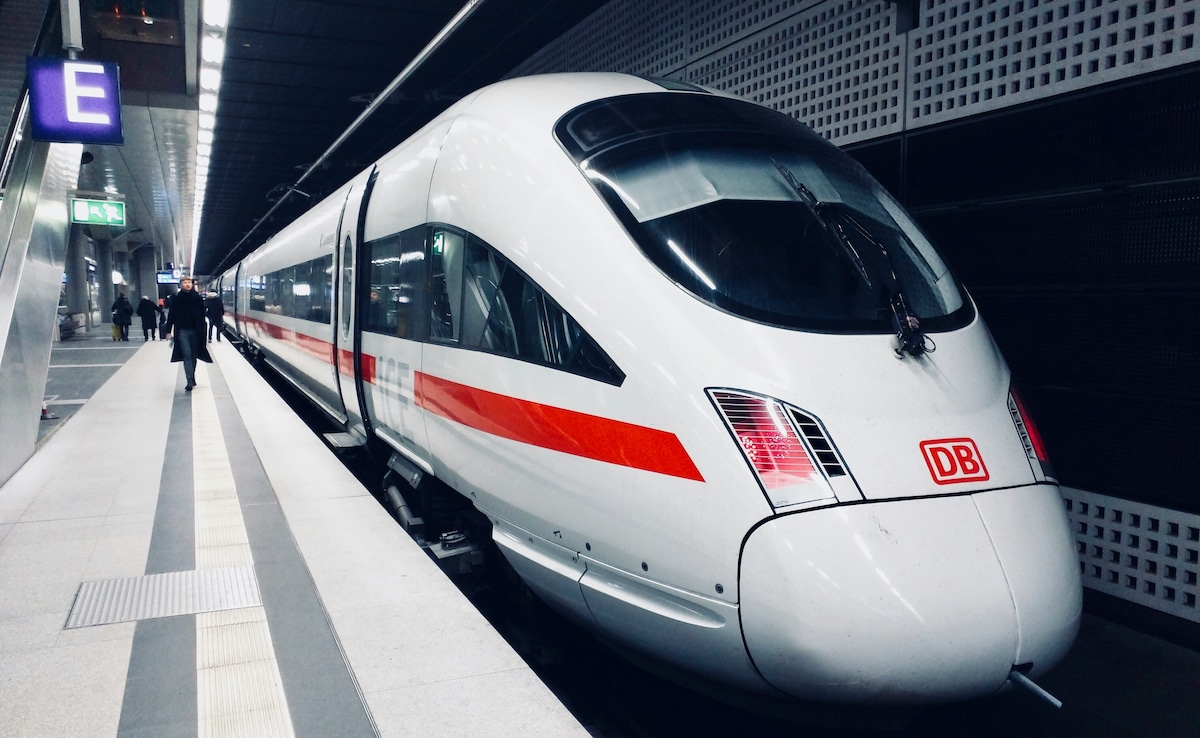
Photo: Unsplash
Bullet trains and metros are built with technologies that make them behave differently in tunnels and on bridges. Their aerodynamic bodies, sealed tunnels, and reinforced tracks allow them to travel faster without compromising safety. For instance, Japan's Shinkansen and India's upcoming Mumbai-Ahmedabad Bullet Train use continuously welded rails to eliminate pressure shifts. Unlike conventional trains, they run on dedicated corridors designed to handle intense vibration and airflow changes, so they rarely need to slow down at these points.
Also Read: What You Can (And Cannot) Take From Your Hotel Room
How Indian Railways Inspects Bridge And Tunnel Safety
Indian Railways follows a rigorous inspection schedule to ensure its bridges and tunnels remain safe for operation. Every bridge is inspected twice a year — before and after the monsoon. Bridge Inspectors conduct both visual and technical checks for cracks, rust, or load-bearing issues. In recent years, Railways has begun introducing drone surveys and AI-based tools to monitor structural health in real time. These checks help maintain the safety and reliability of one of the world's largest railway networks.
So, the next time your train slows while entering a tunnel or crossing a bridge, it is not an unnecessary delay — it is a carefully calculated adjustment that keeps millions of journeys safe, every single day.
Track Latest News Live on NDTV.com and get news updates from India and around the world

